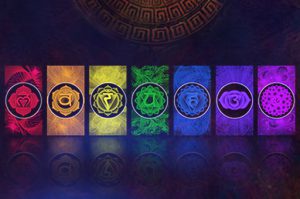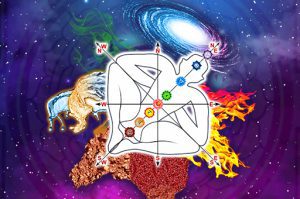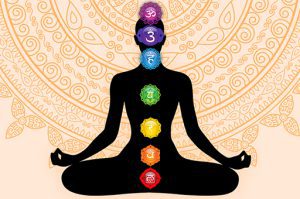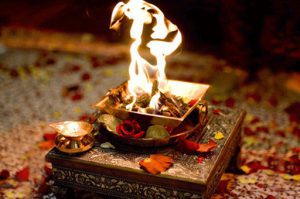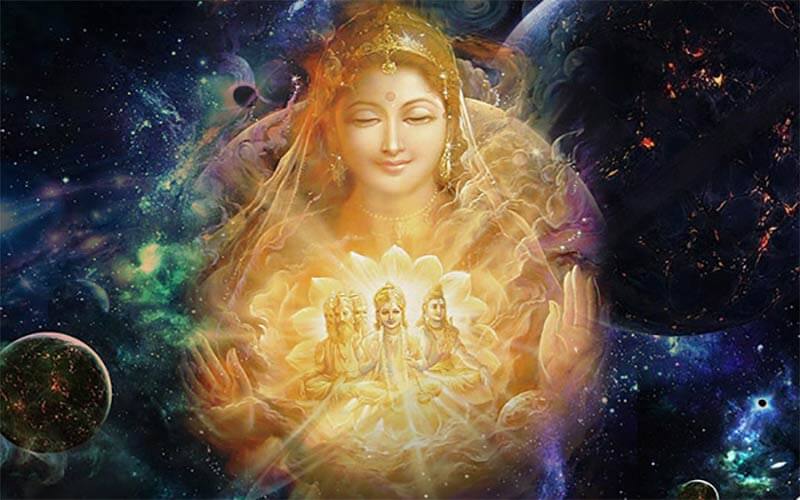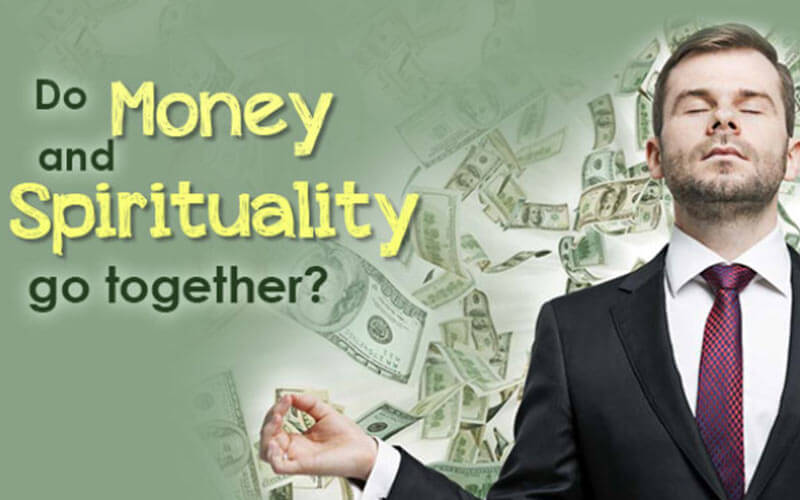
To answer this question, we need to first understand what is a Mantra. Sanskrit language, the oldest known language was based on sounds and vibrations. In Sanskrit, Mantra is defined as ‘Mananat trayate iti mantrah‘. It means that by repetition (mananat) of which, you overcome/protected (trayate) [overcoming or protection from bondage/troubles/cycles of birth and death] is (iti) called Mantra. Thus repetition is a very important aspect of a mantra that makes it give the desires results. Ancient seers knew the power of words very well and they structured them powerfully in Mantras. Mantra is a divine sound, or a syllable, a word, phonemes, or group of words which when chanted produces certain vibration in atmosphere. This vibration causes the physical and subtle bodies (of the chanters) to change their vibrational frequency level to becoming attuned with divine energy. Thus we can say that mantras when chanted repeatedly in a rhythmic manner (hence we do Japa with a rosary of even spaced beads) produces vibrations that facilitate resonance with the divine energy. This is somewhat similar to the concept of vibrational medicine, which is the basis of many healing modality, including homeopathy and acupuncture—that is that all the universe including our bodies, is simply made of vibrations of different frequencies. When we are in a natural, resonant vibration, we are in a state of health. But if some part of the body begins to vibrate at a counter frequency, the energy becomes stuck and disease sets in. Therefore, by Mantra chanting, one changes the vibrations of the environment around which helps return to our natural state of resonance, and this cures us.
There are many types of mantras, and each is a storehouse of immense knowledge and power Gayatri mantra is defined as ‘gayantam trayate iti gayatri‘, which means the one who protects (trayate) the one who sings (gayantam) is (iti) gayatri.
Mantras have not been made or created, rather they were revealed to the Maha Rishis during their spiritual trance. So the rishis are called mantradrashtas (the seers who ‘saw(drashta)‘ mantra; drashta comes from drishti(vision) ) rather than the mantra kartas (the makers).
It is very important that mantras are chanted in a particular melody, pitch and rhythm because mantra chanting creates specific vibrations in the atmosphere. So each mantra comes with a meter or pitch, like we have talams (adi, rupaka, etc) in classical music. The names of these meters are gayatri (its also the name of a meter), anushtup, trishtup, brihati, pangti, etc. They come with a distinctive time length for each cycle. For example the Bhagavad Gita is written in Anushtup, the Rig Veda is written in Gayatri meter, etc.
Each mantra has a presiding deity. The mantra has to be recited with utmost devotion and love, focusing on the deity in the heart Chakra region. That is why the heart region is touched while taking the name of the Devata.
Beej Mantras and their frequencies:
Mantras have different frequencies and create different vibrations. OM is the sound of cosmic energy and contains all the sounds. The sound that would be created by rotating galaxies is OM. OM is the first and foremost of all mantras. The frequency of OM and other beej mantras are as follows:
OM – 7.83 Hz
Gam – 14 Hz
Hleem – 20 Hz
Hreem – 26 Hz
Kleem – 33 Hz
Krowm – 39 Hz
Sreem – 45 Hz


